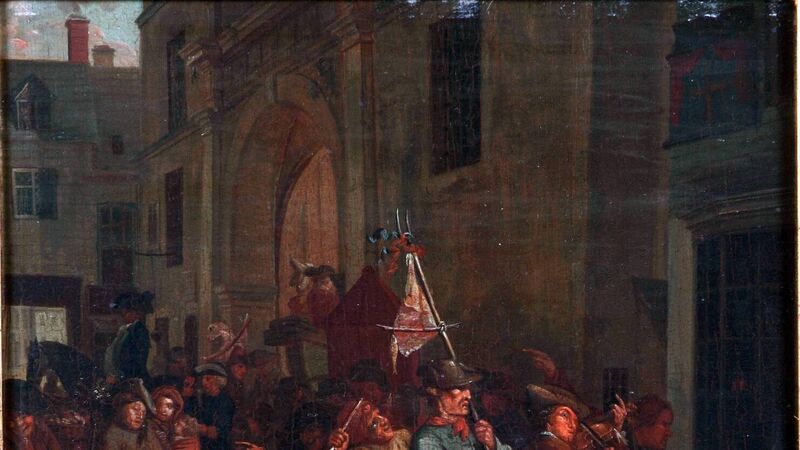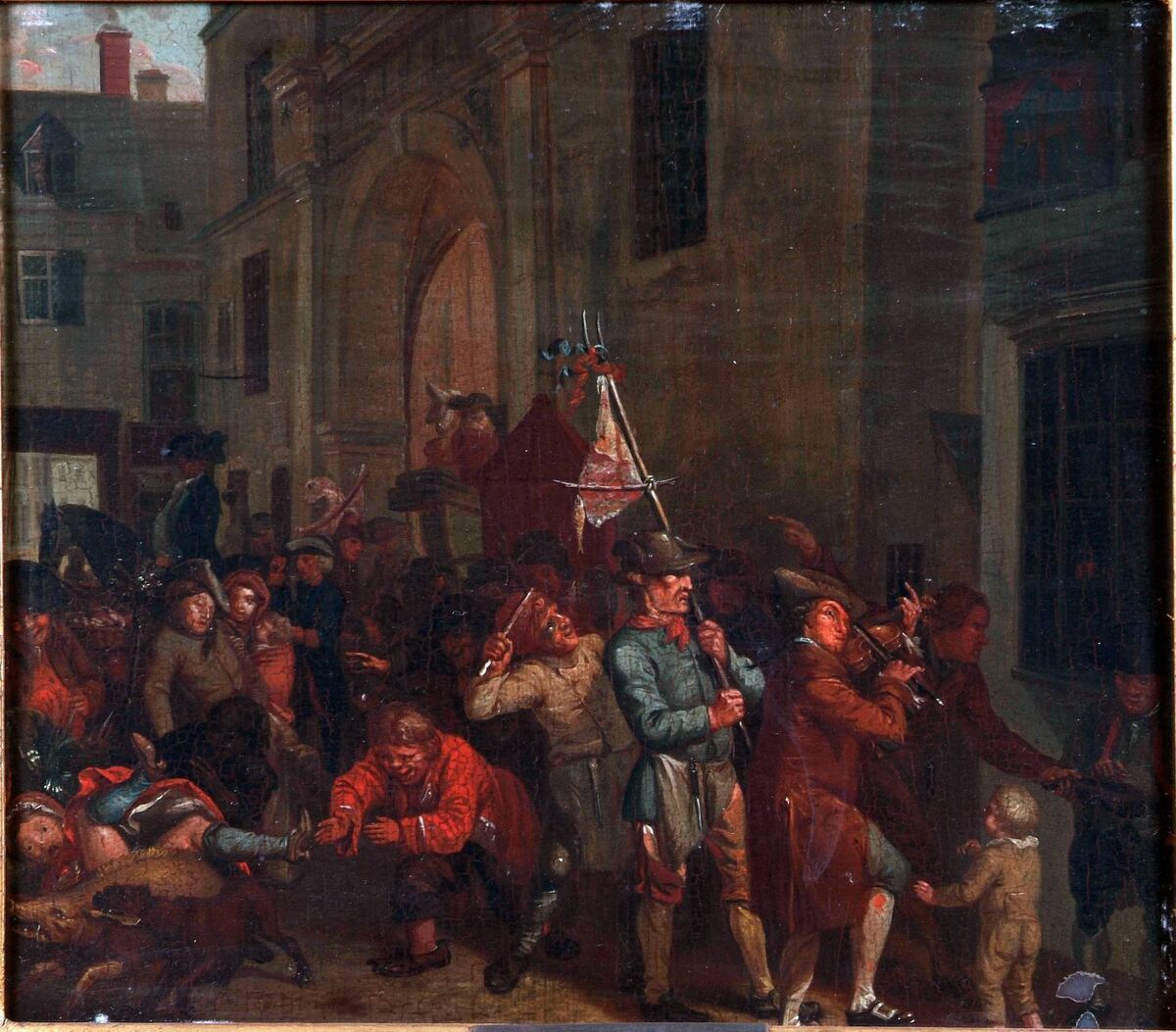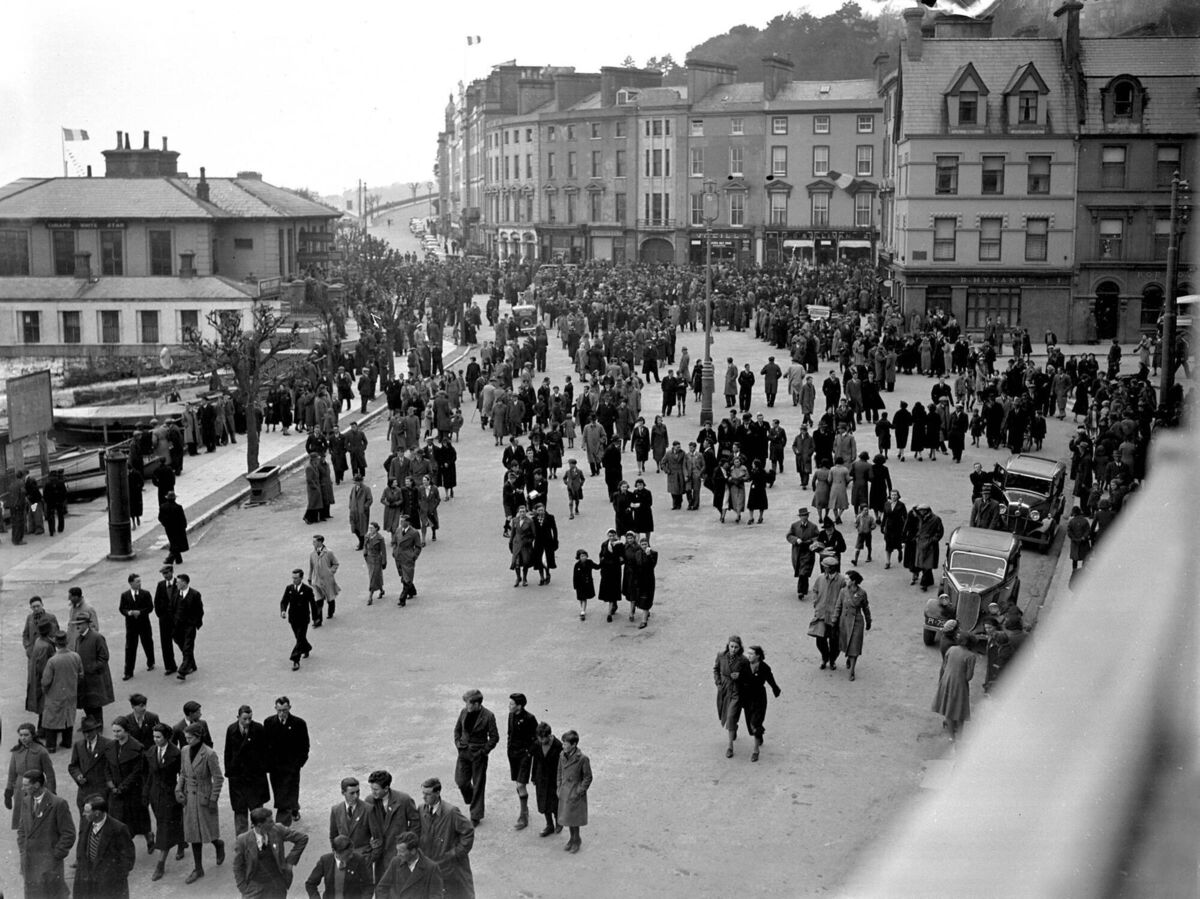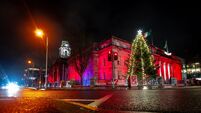'The Whipping of the Herring': A fishy tale from Cork Easters of the past

Nathaniel Grogan, Whipping the Herring out of Town – A Scene of Cork, c.1800, oil on panel, 25.5 x 29 cm. Courtesy of Crawford Art Gallery

In Cork in the late 18th century, with the eating of meat forbidden during Lent, people relied on fish for sustenance instead. On Easter Saturday, to celebrate the end of what was annually a very lean time for them, butchers would hold mock funerals for herrings.

In the foreground, a dog bites the ear of a boar, which in turn butts a woman and knocks her on her rear, exposing her legs, by the moral standards of the time quite scandalously, while a ruddy-faced man breaks his heart laughing at her plight.








 App?
App?





